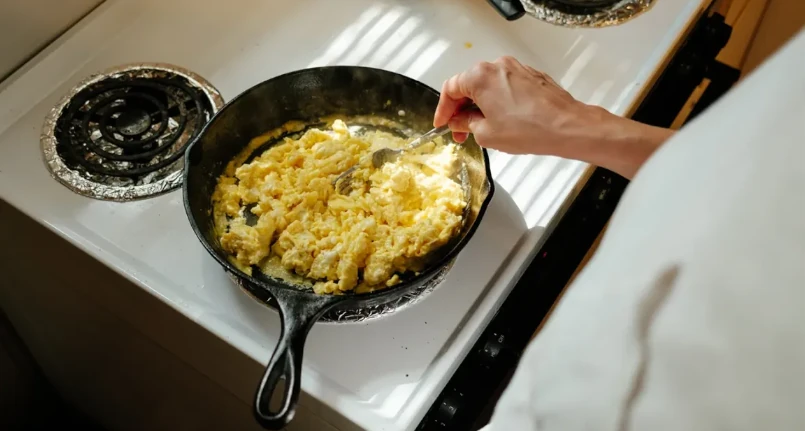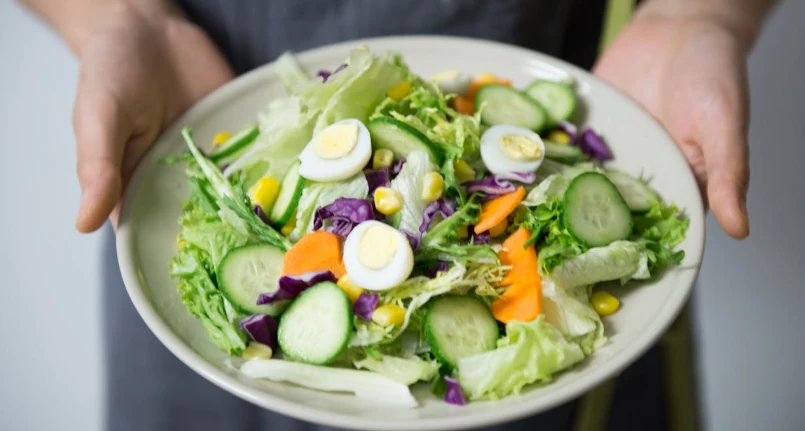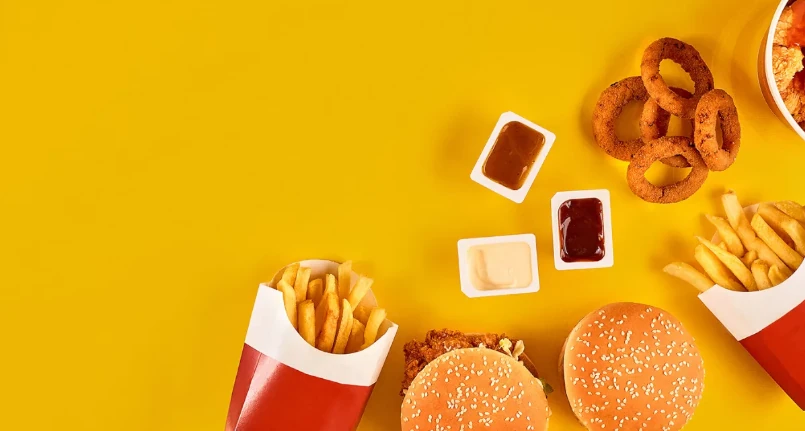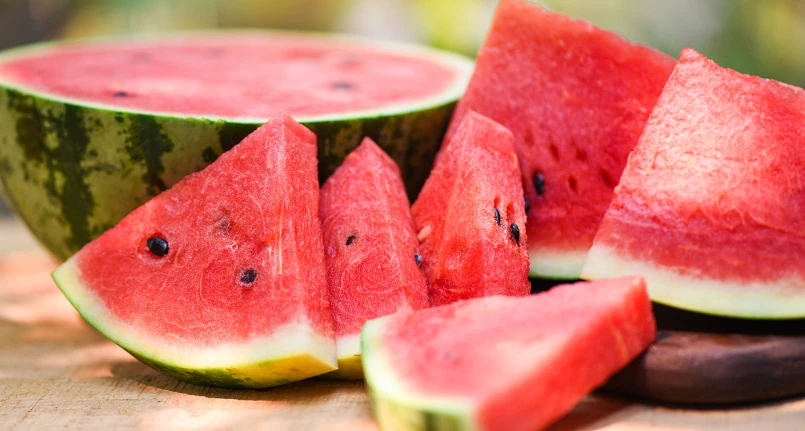Introduction
Iron is a very important element for health, which is why it is essential to maintain the right amount in the body.
What is iron used for?
This mineral is present in the hemoglobin of red blood cells , where it participates in the transport of oxygen and carbon dioxide. Furthermore, it is essential in the production of energy and in the correct functioning of the metabolism .
Eating iron-rich foods can also ease PMS symptoms .
What does its deficiency mean?
The daily requirement for iron in an adult man is about 10-12 milligrams, in a child 7-9 mg and in a woman about 18 mg. However, if the woman is in menopause , the iron requirement approaches that of a man, while if she is pregnant , it increases considerably, up to 30 mg. Finally, during menstruation , since the loss of blood also corresponds to a loss of iron, the latter should be supplemented even more than during the rest of the month.
Iron at breakfast
There are many foods rich in iron and many of these, especially those of vegetable origin, are perfect to be eaten for breakfast , in order to give the right start to the day. In this article we have compared sweet and savory breakfasts.
Cereals as a priority source
Cereals , which naturally already constitute one of the primary options in terms of breakfast , contain a considerable amount of iron and for this reason it is recommended to take around 30/40 g per day , to be consumed for example in milk (the benefits of boiling milk ) as an alternative to biscuits.
There are many possibilities on the market to choose from to enrich the most important meal of the day and the optimal idea is to be guided by taste , given that the consumption of these foods should be constant and perpetuate over time. The only caveat is to keep the presence of fibers as low as possible which, on the contrary, in large quantities inhibit the assimilation of iron.
If you aim to assimilate as much iron as possible, it is good to consider that the primacy for the quantity of iron content goes to wheat bran with 12.9 mg/100g, followed by: wheat germ with 10mg, wheat 6.0 mg , soy 6.9 mg, muesli 5.6 mg, rolled oats 5.2 mg, oatmeal 4.2 mg, buckwheat 4 mg.
Eating oatmeal foods for breakfast also helps reduce bloating .
For a healthy breakfast, you can also choose low-carb cereals .
To consume them, you can choose just one or combine several and create a personal mix, to which you can add other iron-rich foods. Breakfast cereals, and oats in particular, are part of the list of healthy and cheap foods that must never be missing in a balanced diet.
Dried fruit, dark chocolate and eggs
Another food friend of this mineral is dried fruit or walnuts (2.9 mg), almonds (4.51 mg), hazelnuts (4.70 mg), peanuts (4.58 mg) or pistachios (3.9 mg) , which can always be eaten alone for breakfast or broken into small pieces and added to the cereal mix.
Good news for gourmands. Bitter dark chocolate is one of the foods richest in iron (17.4 mg) and it too can be added in flakes to cereals or dried fruit or eaten alone .
Always chocolate, it brings many benefits to the brain, given by the flavonols contained in cocoa .
If you love a savory breakfast, it is important to know that eggs are also a very important source of iron, this time heme, being of animal origin.




